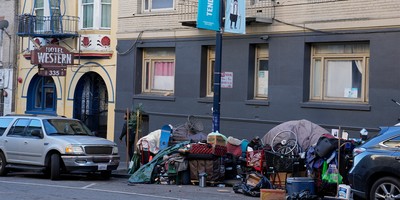One would think that after a housing boom driven by cheap credit, we would have heard the end of the “minorities charged higher rates regardless of credit” narratives. But our friends at the Economic Policy Institute continue to spin the myth that it is really race, and not credit history, that determines a borrower’s interest rate.
EPI cleverly starts out by lumping most borrowers into the same category: “In recent years, Latino and African American consumers with good credit scores of 660 and higher have too often ended up with high interest rate mortgages, mortgages which are supposed to go to risky borrowers.” First of all, 660 is not a good credit score. We can debate whether it’s poor or mediocre, but it isn’t good. According to the Federal Reserve, loans with a FICO of around 660 default at a rate of almost nine times that of loans with a FICO of 720 or higher (see table below). To mix the two and claim they are the same risk is misleading, at best.
So let’s start with some basic facts:
For a variety of reasons, including differences in age, Latino and black borrowers have lower credit scores than white borrowers. This still holds even when you exclude loans to borrowers with credit scores below 660 or 620. Second, defaults continue to vary, by large magnitudes, even for rates above 660. To imply 660 is equal to 700 or that 700 is equal to 780 is false.
There have also been a number of studies that reject the claim of large, or even any, differences in mortgage pricing by race, when one includes relevant variables. A recent NY Federal Reserve Bank study concludes:
we find no evidence of adverse pricing by race, ethnicity, or gender in either the initial rate or the reset margin. Indeed, if any pricing differential exists, minority borrowers appear to pay slightly lower rates.
Recommended
A recent study in the peer-reviewed Journal of Real Estate Research concludes
that up to 90% of the African American APR gap, and 85% of the Hispanic APR gap, is attributable to observable differences in underwriting, costing, and market factors that appropriately explain mortgage pricing differentials. Although any potential discrimination is problematic and should be addressed, the analysis suggests that little of the aggregate differences in APRs paid by minority and non-minority borrowers are appropriately attributed to differential treatment.
We all should be offended by racial discrimination. But these vast claims of discrimination, where none actually appears to exist, contributed to the federal push to get everyone a mortgage. This push has come at great cost to the taxpayer, our economy, and—as importantly—to the very families it claimed to help.

























Join the conversation as a VIP Member